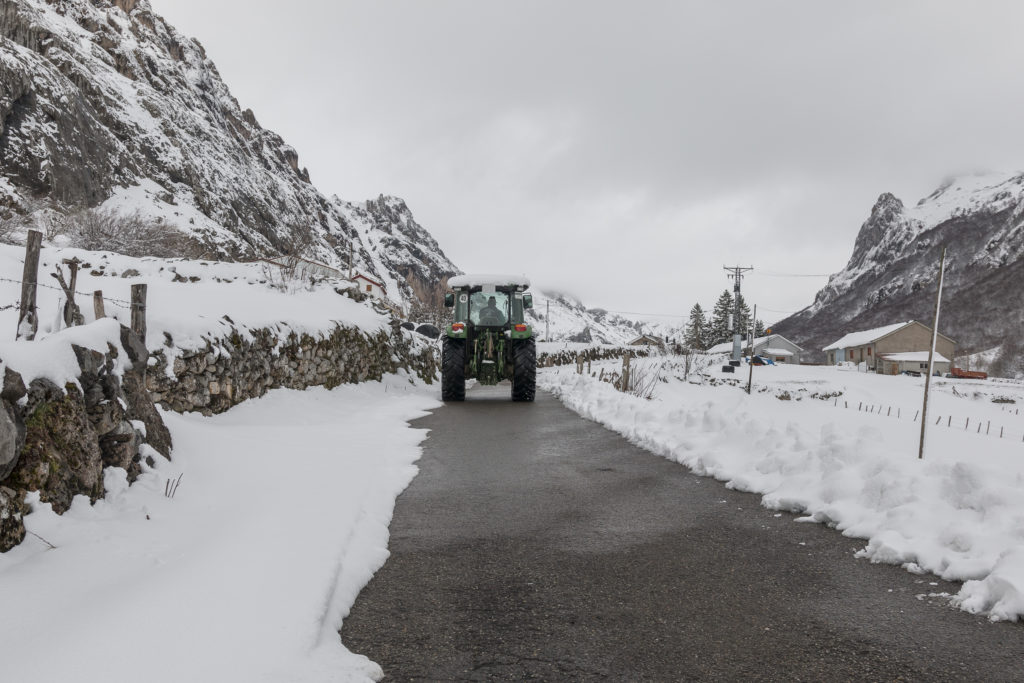What Is The Best Temperature For Pouring Concrete?

Concrete is one of the difficult substances to work with. The biggest question we face every winter is ‘how to melt ice on concrete without salt?’ and the only answer we have is to try different methods. While repairing damaged concrete is a good idea, it is equally important to understand the best temperature and weather conditions to pour concrete. Whether rebuilding a concrete driveway, redoing the basketball court, or laying a fresh sidewalk, having the right temperature for concrete is the first step.

While experts recommend not using harsh ice melt products on fresh concrete, there is no way out when the need demands it. Rather than using salt or other chlorides, you can use 100% environment-friendly bulk ice melt such as Safe Thaw. With the urea-modified core, special glycols, surfactants, and ice melting boosters, Safe Thaw does not impact your concrete in any way. It is salt-free and safe for your pets, kids, and any surface material.
However, it does bring us back to the question of the best temperature to pour concrete.
Timing
Concrete is an incredible substance if cured and installed properly. While it does not settle immediately and can take up to a week to cure, you must ensure the consistency and the admixture are well-prepared. The concrete begins to react with the water molecules as soon as you pour it, and this chemical reaction is called curing. If you are to use bulk ice melt any sooner, you must keep the timing of the concrete in mind.
Temperature
The ideal temperature to pour concrete is anywhere between 50 to 60°F. If the temperature is lesser than 50°F, it will eventually slow down the curing process, and anything below 40°F, you risk the concrete freezing too quickly. If the temperature is more than 60°F, the water may start to evaporate during the curing process. It will affect the core strength of the poured concrete. You can avoid this dilemma by watering the concrete after hardening.
Remember, the first 72 hours are crucial and light spraying a couple of times a day will keep it hydrated. You can only spray it once it hardens, which may take up to 8 hours. If you are looking for a solution, ‘how to melt ice on concrete without salt,’ you must ensure you follow the steps of pouring the concrete correctly first.
Season
The ideal season to pour concrete is autumn or fall, with moderate temperature. It will give it enough time for the concrete to cure and settle well, which is approximately a month.
100% salt & chloride-free, fast acting Ice Management Solution
Conclusion
The weather cannot be too hot or cold as concrete will lose its potency and lead to wasted efforts. When we decide to revamp our driveway and are prepping to use bulk ice melt in winter, it is crucial to understand the best temperature for pouring concrete without hurting it. Anything in a hurry can result in prolonged damage and more expenses.
Try Also Our Other Winter Safety Products:
Safe Paw
The Original and #1 Selling Pet and Child Safe Ice Melt for over 20 years. Guaranteed environmentally safe –It won’t harm animals or children, and it won’t damage your property. That’s Safe Paw. Safe Paw can change how winter affects our planet.

Walk On Ice
The handy disposable canister can be taken everywhere, with the same 100% naturally occurring minerals that provide instant traction on ice or snow. Use it on sidewalks, steps, or as an instant traction agent for your car.


